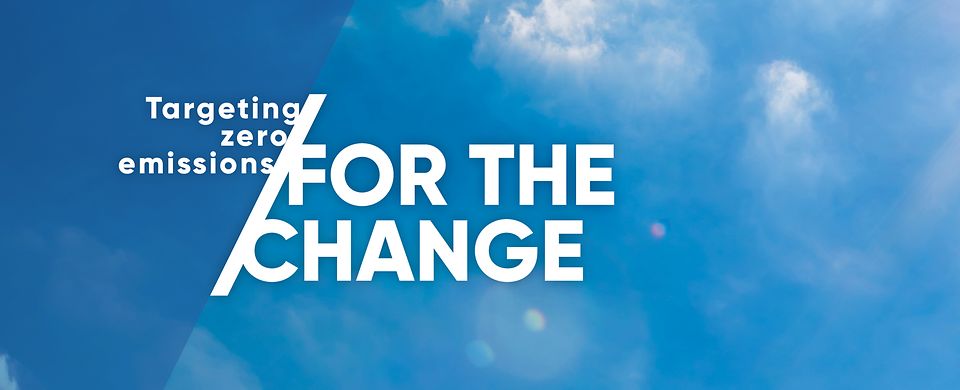Decarbonization
Reducing CO₂ emissions is key if we want to achieve the climate goal of a maximum rise in temperature by <nobr>1.5 °C.</nobr>
CO₂ abatement and renewables
Carbon capture is one of the technologies of the hour. But we are taking things one step further – and also offering solutions for hydrogen production and the synthesis of green hydrogen with the captured CO₂ to produce e-fuels and valuable chemicals. This helps our customers lower their carbon footprint and gain energy at the same time.
Together with our partner Schuler, we are offering various solutions for the production of e-cars, batteries, and bipolar plates for fuel cells. And we are engaging in diverse renewable energy technologies – from hydropower and pumped storage power plants to biomass pelleting and gasification plants on through to power and recovery boilers.
Circular economy
Buy, use, dispose – we at ANDRITZ have never been fans of this mindset. Instead, we think in terms of produce, reuse and recycle to conserve resources for future generations.
Our sustainable solutions help our customers to act according to this thinking too:
Whether it’s about using side streams in pulp and paper production to recover lignin, gain sulfuric acid or biomethanol. These solutions are the result of the CircleToZeroTM initiative, which aims for zero emissions and zero waste in the pulp and paper industry.
Or whether it´s engaging in recycling textiles or organic, chemical and other waste and turning it into new reusable raw materials. We call that waste-to-value.
Climate action
At ANDRITZ, we integrate climate responsibility across all levels of the organization to ensure accountability, transparency, and meaningful action. This commitment starts at the board level and is embedded throughout the company. Our climate governance structure mirrors our broader sustainability governance framework, reinforcing a unified and strategic approach.
The Science Based Targets initiative (SBTi) has officially validated ANDRITZ´s near-term climate targets. ANDRITZ commits to:
Reduce absolute scope 1 and 2 greenhouse gas (GHG) emissions 42% by 2030 from a 2023 base year. This includes emissions generated directly by the company as well as emissions from electricity and heat sourced from suppliers.
Reduce absolute scope 3 GHG emissions 25% within the same timeframe, covering the wider value chain. These emissions include, among others, the energy consumed during the lifetime operation of machinery and systems delivered by ANDRITZ, outlining a considerable part of the company’s total emissions.
In addition, in our climate-related efforts, we align with the recommendations of the Task Force on Climate-related Financial Disclosures (TCFD). The framework’s core elements—governance, strategy, risk management, and metrics and targets—form the foundation of the European Sustainability Reporting Standard (ESRS E1) and are reported in our Non-Financial Statement. These pillars underpin our climate strategy and disclosure practices. Additionally, our sustainability disclosures, including climate-related information, have been subject to third-party assurance, with the assurance statement included in our Non-Financial Statement in accordance with CSRD and ESRS requirements.







































